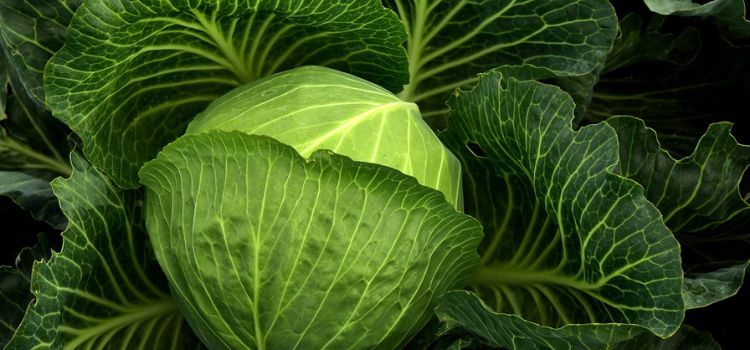As an Amazon Associate, I earn from qualifying purchases.
Plants that resemble cabbage include collard greens, kale, and savoy cabbage. These leafy greens share similar features with ordinary cabbage.
Garden enthusiasts and cooks alike often encounter a variety of leafy greens that resemble cabbage. Collard greens stand out with their wide, flat leaves and stout stems, often used in Southern cuisine. Kale, a superfood known for its nutritional benefits, also resembles cabbage with its curly, ruffled leaves.
Savoy cabbage, while technically a type of cabbage, is distinct with its crinkled and textured leaves, offering a milder flavour and tender texture. Understanding these similarities is not just a fun fact, but a practical tool in both gardening and culinary contexts. It makes identifying and substituting these vegetables easier, empowering you to make informed choices.
Characteristics
Many plants share traits similar to those of the well-known cabbage. These plants showcase a variety of characteristics, from leaf structure to colour, that might confuse them with the leafy greens of cabbage.

Physical Features
Plants resembling cabbage often have rounded, dense leaves that form a rosette or head-like structure. The leaves can range from bright green to purplish hues, sometimes with a waxy or matte finish. Here are some key physical features:
- Leaf texture: Smooth or crinkled surfaces.
- Leaf edges: Wavy, lobed, or serrated margins.
- Size: Varies from compact to expansive.
These plants also exhibit various vein patterns, which can be a distinct way to identify them. Examine some common look-alikes and their physical features:
| Plant Name | Leaf Color | Leaf Texture | Leaf Edge |
|---|---|---|---|
| Kale | Green to Purple | Curly or Smooth | Serrated |
| Collard Greens | Dark Green | Smooth | Wavy |
| Bok Choy | Light Green | Glossy | Smooth |
Growing Habit
The growing habit of cabbage-like plants can tell us much about their identity. These plants often prefer cool weather and can be either annual or biennial. They grow in clumps or heads and can reach varying heights. Key points of their growing habit include:
- Root system: Shallow and fibrous.
- Stem structure: Short and stout or elongated.
- Spacing: Close for small varieties, more comprehensive for larger plants.
Here’s a snapshot of the growing habits of some cabbage look-alikes:
| Plant Name | Growth Type | Preferred Climate | Plant Height |
|---|---|---|---|
| Kale | Biennial | Cool | Up to 2 feet |
| Collard Greens | Biennial | Cool to Warm | 2-3 feet |
| Bok Choy | Annual | Cool | 1-2 feet |
Types Of Cabbage Lookalike Plants
Plants that look like cabbage often confuse gardeners and cooks alike. These lookalikes from the same family as cabbage share features like green leaves and compact growth. The resemblance is due to their joint family, Brassicaceae. This family includes a variety of leafy greens and vegetables we love.
Broccoli
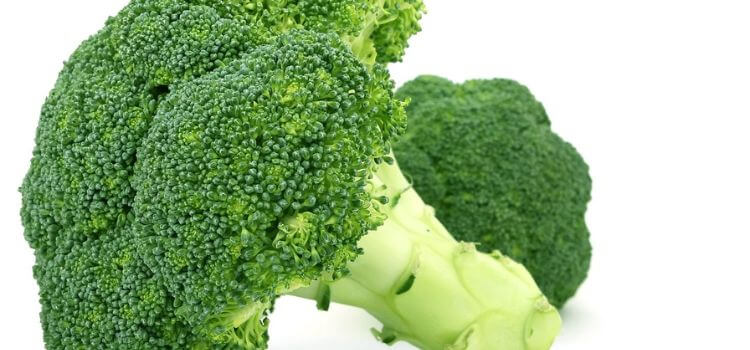
Broccoli is a close relative of cabbage; at first glance, it’s easy to see why they might be mistaken. Both have lush green heads and tight clusters of buds. However, broccoli stands out with its tree-like structure, featuring a thick, edible stalk topped with flowering buds. Here are some critical points about broccoli:
- Appearance: Green tree-like clusters
- Taste: Mildly bitter, more pronounced when cooked
- Nutrition: Rich in vitamins C and K, fiber, and other nutrients
| Feature | Broccoli | Cabbage |
|---|---|---|
| Shape | Tree-like clusters | Round, compact head |
| Texture | Firm stems and florets | Crunchy leaves |
| Flavor | Mildly bitter | Sweet to peppery |
Kale
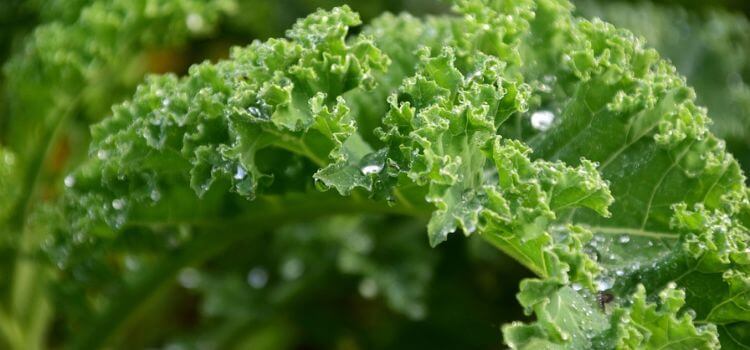
Kale is often called a superfood due to its nutrient-packed leaves. It shares the cabbage family’s trademark ruffled leaves but stands out with its vibrant colours, ranging from green to purple. Unlike the compact cabbage head, kale leaves grow more openly and can be curly or straight. Here’s a quick look at kale:
- Leaf Texture: Tough, fibrous
- Taste: Earthy, slightly bitter
- Uses: Salads, smoothies, cooked dishes
| Feature | Kale | Cabbage |
|---|---|---|
| Leaf Type | Ruffled, open | Smooth, compact |
| Colour Varieties | Green to purple | Green, red, purple |
| Health Benefits | High in vitamins A, C, and K | Rich in vitamin C and fiber |
Brussels Sprouts
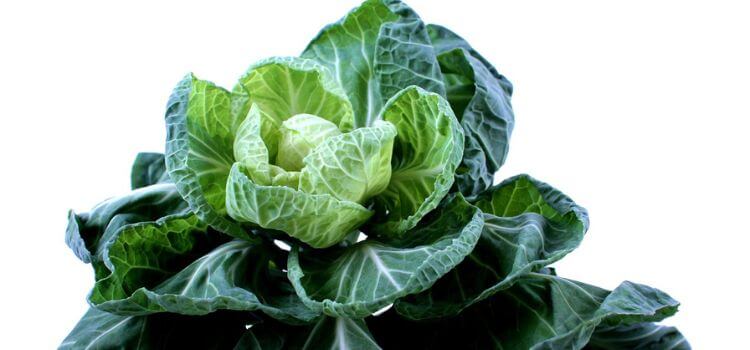
Brussels sprouts are like mini cabbages growing on a stalk. They have a round shape and leafy green exterior. While they resemble cabbage, Brussels sprouts are smaller and grow in a unique spiral pattern along the stalk. Here are some interesting facts about Brussels sprouts:
- Size: Small, typically 1-1.5 inches in diameter
- Taste: Slightly nutty, sweetens when roasted
- Preparation: Best when roasted, steamed, or stir-fried
| Feature | Brussels Sprouts | Cabbage |
|---|---|---|
| Shape | Round, miniature | Large, round head |
| Texture | Dense and firm | Layered and crunchy |
| Cooking Methods | Roast, steam, stir-fry | Boil, sauté, ferment |
Cultivation And Care
Some plants, with their lush, green leaves, resemble cabbage. They require specific cultivation and care to thrive. The right planting tips and maintenance practices ensure these plants grow healthy and strong.
Planting Tips
Starting with the right planting approach is crucial. Choose a location with ample sunlight and well-draining soil. These plants prefer a relaxed environment, so consider planting them in early spring or late summer. Here are some essential tips:
- Test the soil pH; it should be between 6.0 and 7.5.
- Enrich the soil with organic compost to provide necessary nutrients.
- Space the plants about 18 inches apart to ensure adequate air circulation.
- Water the plants regularly, keeping the soil moist but not waterlogged.
Follow this table for a quick planting guide:
| Task | Details |
|---|---|
| Soil Preparation | Mix in compost; ensure good drainage. |
| Sowing Depth | About 1/2 inch into the soil. |
| Watering | 1 inch per week; adjust based on rainfall. |
| Fertilization | Use a balanced fertilizer after 3 weeks of planting. |
Maintenance Practices
Maintenance is vital to keeping plants that look like cabbage in good shape. Regularly check the leaves for pests like caterpillars and aphids. Remove any affected leaves promptly. Feeding the plants with suitable fertilizers will promote growth. Here are practices to follow:
- Mulch around the base to retain moisture and control weeds.
- Apply nitrogen-rich fertilizer halfway through the growing season.
- Prune any outer leaves that turn yellow to encourage new growth.
- Monitor for signs of disease and act quickly to prevent spread.
Consider this maintenance schedule:
| Frequency | Action |
|---|---|
| Weekly | Inspect for pests and diseases; water as needed. |
| Bi-Weekly | Apply mulch; check soil moisture levels. |
| Monthly | Fertilize with a balanced mix. |
| Seasonally | Prune and thin out if necessary. |
Following these planting tips and maintenance practices will help your cabbage-like plants flourish. Remember, consistency is vital for plant care success.
Differences From Cabbage
Plants that resemble cabbage often share its rosette of leaves and lush green hues. Yet, despite their similar looks, they have unique characteristics that are sure to pique the interest of gardeners and food enthusiasts. Understanding the differences in taste and nutritional value is key. Let’s delve into these unique traits and uncover the distinct flavors and health benefits these cabbage lookalikes offer.
Taste
While cabbages are known for their slightly sweet and peppery flavor, plants that look like cabbage can vary significantly in taste. Here are a few examples:
- Kale: Offers a more robust, earthy taste with a hint of bitterness.
- Collard Greens Tend to have a milder flavour, which becomes sweeter as the weather cools.
- Brussels Sprouts: These mini-cabbage lookalikes provide a nuttier and more intense flavour.
These flavours can also change depending on how the plants are cooked, giving you the power to enhance their unique tastes. Steaming or sautéing can bring out their natural sweetness, while roasting can intensify their unique flavours. The following table compares the taste of cabbage to its lookalikes, giving you a guide to experiment with these plants in your kitchen.
| Plant | Raw Taste | Cooked Taste |
|---|---|---|
| Cabbage | Sweet and Peppery | Milder and Tender |
| Kale | Earthy and Bitter | Sweeter with a softer texture |
| Collard Greens | Mild and Slightly Bitter | Sweeter and very tender |
| Brussels Sprouts | Bitter and Nutty | Sweet and Caramelized |
Nutritional Value
The nutritional profiles of cabbage and its look-alikes are as varied as their tastes. Cabbage is low in calories and high in vitamins C and K, but other plants offer different benefits. Below are their unique nutritional highlights:
- Kale: Packed with vitamins A, C, and K and rich in calcium and iron.
- Collard Greens: High in vitamins A, C, and K, as well as calcium and fiber.
- Brussels Sprouts: Great source of vitamins C and K, with high levels of folate and fiber.
These plants not only add variety to your meals but also play a crucial role in maintaining a balanced diet. The table below provides a clear comparison of the nutritional values of cabbage and its counterparts, helping you make informed choices for your meals.
| Plant | Vitamin A | Vitamin C | Vitamin K | Calcium | Iron |
|---|---|---|---|---|---|
| Cabbage | Low | High | High | Moderate | Low |
| Kale | Very High | Very High | Very High | High | High |
| Collard Greens | High | High | High | High | Moderate |
| Brussels Sprouts | Low | Very High | Very High | Moderate | Low |
Recipes And Uses
Plants that look like cabbage often confuse gardeners and cooks alike. Their lush, leafy greens can fool anyone into thinking they’re the real deal. But these lookalikes are not just for show. They boast unique flavours and health benefits, making them great meal additions.
Cooking With Cabbage Lookalike Plants
Cabbage-lookalike plants such as kale, collard greens, and bok choy are healthy and versatile in the kitchen. Their robust textures and flavours can enhance a variety of dishes. Here’s how to make the most of these imposters:
- Kale: This curly-leafed veggie is a nutritional powerhouse. It’s perfect for smoothies, salads, and chips. Massage chopped kale with olive oil and a pinch of salt for a tender salad base.
- Collard Greens: These broad leaves make an excellent wrap alternative. Steam them lightly and fill them with your favourite ingredients for a fresh take on burritos or spring rolls.
- Bok Choy: With its crunchy texture, bok choy is a stir-fry staple. It pairs well with garlic, ginger, and soy sauce for an easy, flavorful side dish.
| Plant | Preparation Method | Ideal Recipe |
|---|---|---|
| Kale | Sautéed or Baked | Chips or Salads |
| Collard Greens | Steamed | Wraps or Soups |
| Bok Choy | Stir-Fried | Side Dishes or Salads |
Alternative Uses
Beyond the kitchen, cabbage lookalikes have a range of uses. They can serve as natural decorations or play a role in wellness routines. Consider these creative ideas:
- Kale: Its sturdy leaves make beautiful platter garnishes and can also be used in floral arrangements for a rustic touch.
- Collard Greens: Known for their skin-soothing properties, they can be part of a DIY face mask. Blend with aloe vera for a refreshing treat.
- Bok Choy: The high water content in bok choy leaves can help hydrate the skin. Place chilled leaves on your eyes for a spa-like experience.
Compost: All these plants can enrich your compost pile. Their nutrients will feed the soil, helping your garden thrive. Chop up leftover leaves and mix them into your compost.
Education: Growing these plants can teach kids about gardening and healthy eating. They are easy to care for and can be part of fun, educational projects.
Health Benefits
Plants resembling cabbage add aesthetic value to gardens and bring a wealth of health benefits to the table. These leafy greens, often mistaken for cabbage, are powerhouses of essential vitamins and minerals. They play a vital role in maintaining good health and preventing diseases. Discover the nutritional and medicinal perks these plants offer.
Nutritional Benefits
Leafy greens that mimic the look of cabbage are nutritional champions. They are low in calories yet high in fiber, which aids in digestion and keeps you feeling full. These plants are also rich in vitamin C, a powerful antioxidant that protects the body from free radicals. The presence of vitamin K supports bone health and aids in blood clotting. Let’s dive deeper into their nutritional profile:
- Vitamin A – Essential for healthy vision and immune function
- Calcium – Important for strong bones and teeth
- Iron – Crucial for blood production and oxygen transport
- Potassium – Helps maintain normal blood pressure
- Folate – Supports cell growth and prevents congenital disabilities
| Nutrient | Benefit |
|---|---|
| Vitamin C | Antioxidant, boosts immunity |
| Vitamin K | Improves bone health |
| Fiber | Promotes digestive health |
| Calcium | Strengthens bones |
| Iron | Essential for healthy blood cells |
Medicinal Uses
The resemblance to cabbage goes beyond appearance, as these plants share similar medicinal uses. They have been traditionally used to treat a variety of ailments. Their anti-inflammatory properties help reduce pain and swelling. The high fiber content is beneficial for those with constipation. These plants also have compounds that may lower the risk of certain cancers. Here’s a closer look at their medicinal benefits:
- Anti-inflammatory – Eases joint pain and reduces inflammation
- Antioxidant – Fights oxidative stress and cellular damage
- Gastrointestinal Health – Improves digestion and bowel regularity
- Cancer Prevention – Contains compounds that may reduce cancer risk
- Heart Health – Potassium-rich for heart function and blood pressure regulation
Including these cabbage-like plants in your diet can improve health and well-being. The medicinal uses are vast, from bolstering your immune system to protecting your heart. Remember to consult a healthcare professional before using any plant for medicinal purposes.
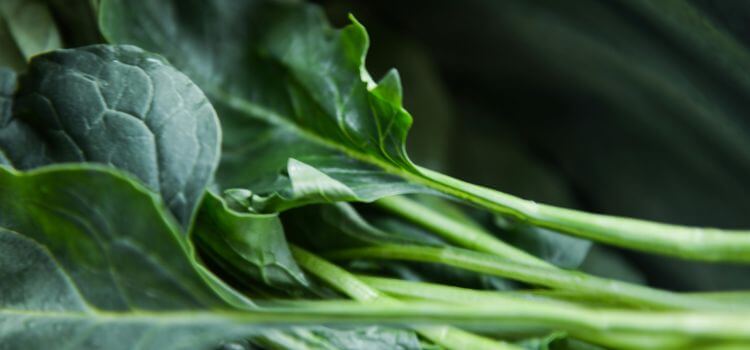
Frequently Asked Questions
Cabbage look-alikes include kale, collard greens, and bok choy. These leafy greens share the same Brassica family and feature rosettes of leaves. Kale and collard greens have a more rugged texture, while bok choy’s white stalks and green leaves offer a crisp, lighter alternative.
Ornamental cabbages are edible but not bred for flavor. They’re grown for their vibrant colors and are safe to eat, albeit bitter compared to culinary cabbages. Their aesthetic appeal enhances dishes and is ideal for garnishing, but they’re preferred for something other than cooking due to their taste.
Cabbage-like plants thrive in well-drained, fertile soil with full sun. Water them regularly to keep the soil moist but not waterlogged. They also benefit from mulching and periodic fertilization. Use safe, organic pest control methods to protect them from pests like cabbage loopers and aphids.
Sea kale (Crambe maritima) is a perennial resembling cabbage. It boasts attractive, bluish-green leaves and thrives in coastal gardens, tolerating salty air. Though not as familiar as annual cabbage relatives, sea kale provides ornamental beauty and edible leaves, stems, and flowers.
Conclusion
Discovering plants that mimic cabbage can add intrigue and variety to your garden. From bok choy to kale, each offers unique benefits and aesthetics. Embrace these cabbage look-alikes to enrich your green space. Happy gardening as you explore these verdant, leafy wonders!

